
Oven Progress - the 3rd week
I am completely amazed every time I look up from my bench and to the left and see the oven. I talk to it as I walk past it in the early morning. I feel like I know it already as I have seen it formed from the ground up. We will make great bread together ... will just take time to get to know each other.
Enzymatic Preferment
Most of my efforts have been in the kitchen this week. Extending an autolyse for flavour via increased amino acid build up is something that ars pistorica talks about on his blog ... and it is something he suggested I try.
Ars explains this process with knowledge (much more than me ... that's for sure) and vigour on his blog ... so let me just say it that it baked into some of the most delicious sourdough I have had made in a long time ...
Leaven
65% Hydration
29-30C
T80 sifted fresh milled wheat
10% inoculation
aerated 4 times
12hrs
Final Dough
Autolyse 12 hours
75% Hydration
Inoculation 18%
Fresh milled wheat 10%
Bulk 4hrs at 25C (1 stretch-and-fold + 1 really, really gentle fold within first hour)
Final proof was 30 mins at room temp and 5hrs in cool room
Baked in very ordinary ovens :)
YUM! ...
Cheers,
Phil
p.s. whew ... my work is finished for the week ... but have to share a pic of the sourdough from this mornings bake ... Shame that I didn't get to taste one ... they all disappeared up to the restaurant before I had the chance :(
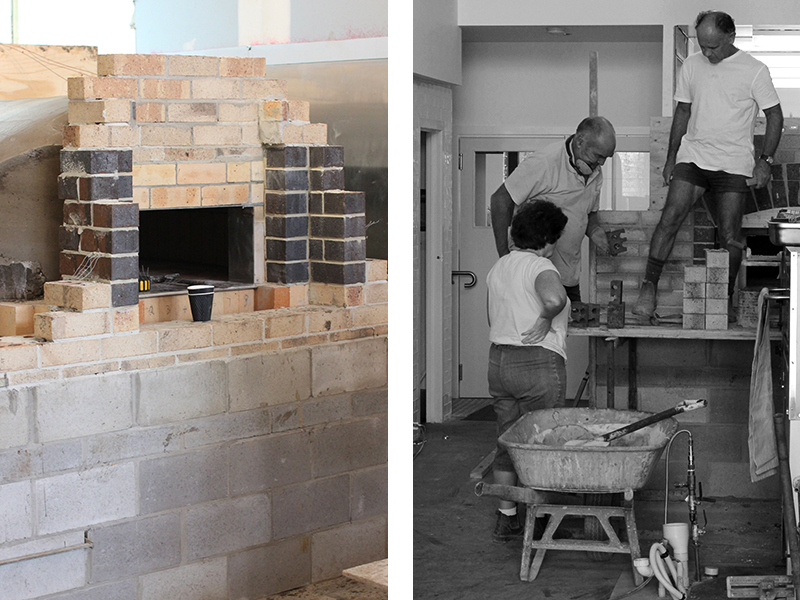
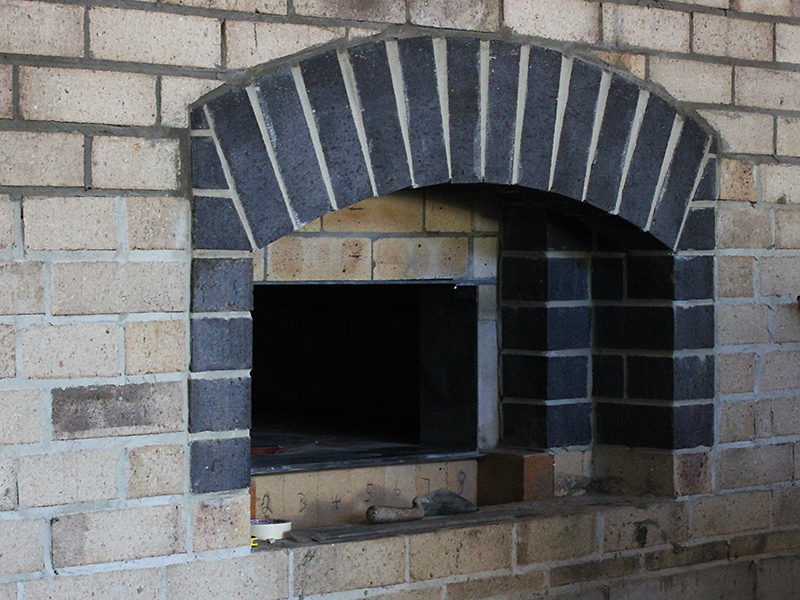
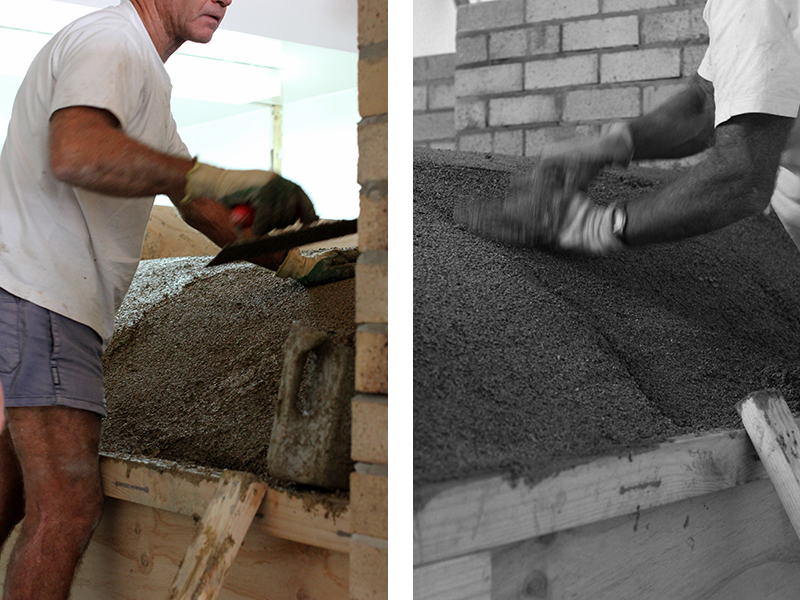

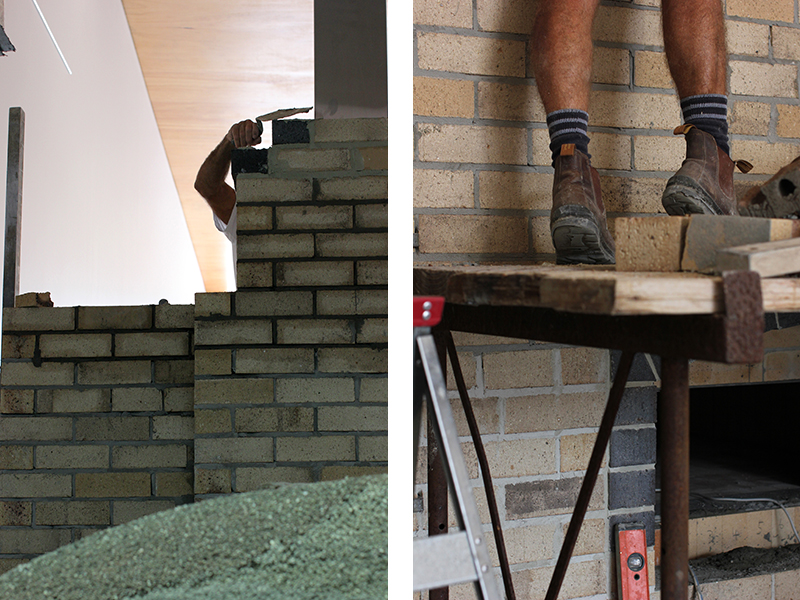
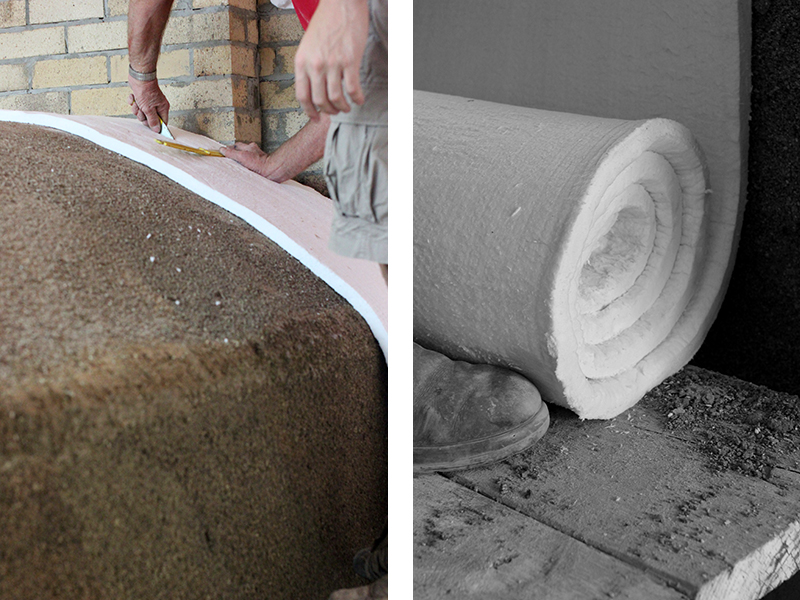



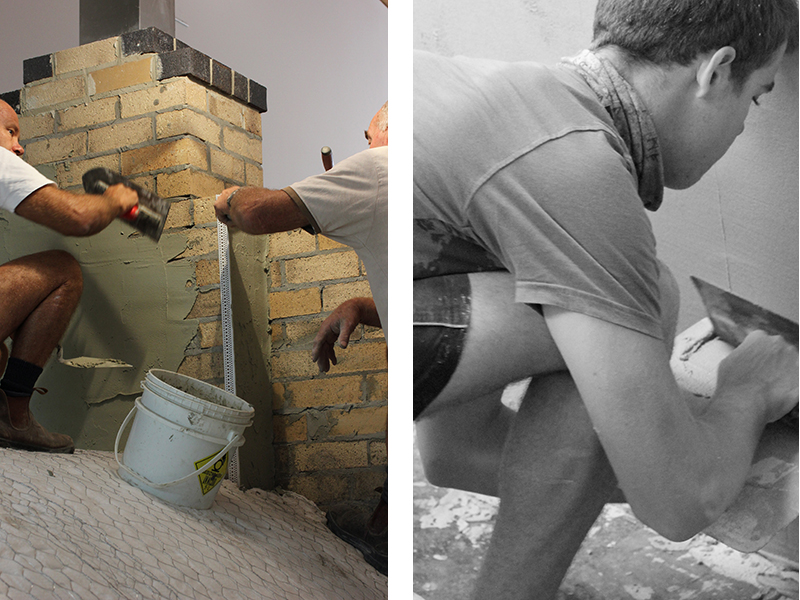



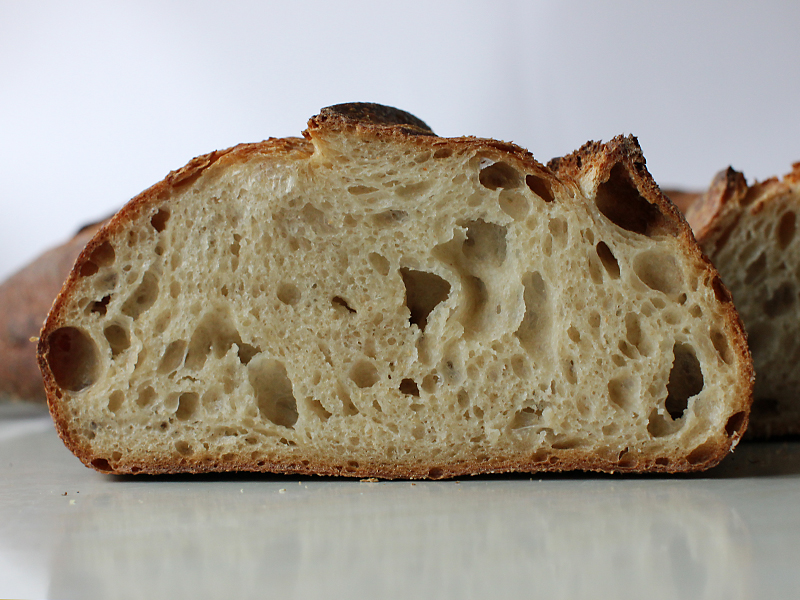
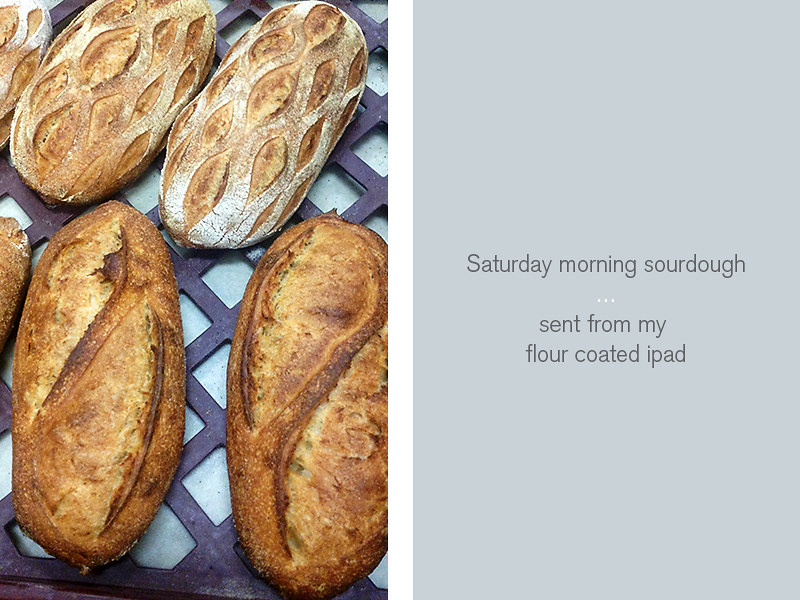


Comments
That is a true Allen Scott oven looks like they stuck to the original plans. One thing you may want to share with the owners.
Thermocouples go bad. I just had one quit on my oven. So you may want to install the thermocouples in a way that allows you easy replacement.
Heat management is a big issue when firing and baking in a WFO. The thermocouples will be a great help. If you need some tips and tricks let me know.
Where did they place the thermocouples? I hope they put one close to the inner oven and one towards the insulation layer. That information will be your primary need to know.
All the best, Faith
the same question as above ...........what do you mean for ?? INOCULATION
Always great loaf........wainting for the oven opening
Michele
http://freebakery.blogspot.it/
Same as above.
Thanks
Chris
INOCULATION TUTORIAL :) :)
coming along nicely. Nice baking too. Good to see you experimenting with long autolyse. Small seed that was retarded cold, with long cold levain retard, long cold autolyse, long retard of dough at low temp with a high final proof temp makes for really sour sourdough in my book.
Happy baking Phil.
If "inoculation" describes the amount of starter introduced to the levain. This seems consistent. Phil, what is the hydration of the starter.
Thanks
Chris
PS. After reading Ars discription at http://arspistorica.blogspot.com.au/2013/03/q-what-is-inoculation.html I follow. The rest of the info I'll need to chew on for a while.. Very interesting and thought provoking, and different than I'm use to.
Thanks Phil!!
Hi Phil,
As others have said....a bit of a explanation in regards to what Ars puts forth. I have a hard time following what is written as it is written.
I found the topic of feeding a sd interesting but am puzzling over the recommendation to feed sd only 1x in 24 hours. If I were to do that with my whole grains I would end up with a very sour sour dough even if it were inoculated at only 5%. I noticed you kept yours at 12 hours which is what you generally have done in the past. I have tried extending my feeds and have fiddled with the inoculation % over the years but trying to go that long always produces too much sour....
I would love it if you would elaborate on the enzymatic preferment as well. I got lost in that discussion too. The only part I could relate to was Ars's description on the extended autolyze - which was described as a soaker consisting of the grain not used in the leaven which is similar to what Peter Reinhart outlines in his book Whole Grain Breads. PR's soakers contain salt since the grain is whole and the salt keeps the fermenting activity in check and the soaker is used to unleash the enzymes and bring forth more flavor in the final loaf. ALso acts to release the phytic acid and aid in gluten development.
End of my questions :-)
Love the photos and the bread! Keep wondering when the book will be put together and published....I would love to have a book full of your photos and breads on my shelf! Just something for you to work on in your spare time :-)
Take Care,
Janet
Hi Janet,
Nice to hear from you ...
The base starter is kept at 24hr feeds but the leaven that is created for the dough ferments for 12-14hrs. Yes the leaven and starter are sour ... mouth puckering! I taste them often. With the small amount used in the final dough and a moderate dough temperature this translate to a flavoursome loaf ... it really all comes down to the bulk fermentation ... I have spent the past few months slowly coming to this realisation ... yes there are aromas and flavours from the acetic acid (I do love the flavour of a firm starter) ... but I wouldn't call it sour. The crust has a flavour that is almost sweet ... caramel... like special K!
I will have to find the information regarding amino acids and the extended autolyse ... I am a bit foggy regarding this. It's been a long day :)
Cheers,
Phil
Thanks for the reply Phil. I imagine you get a less sour outcome than I would using Ars' method since you do sift while I still do not. These %s are close to what a desem would be but the temps are way higher.
How do these loaves you are experimenting with compare to your Desem loaf (Which, by the way, is the one I use and just baked a couple of days ago :-)
The evolution continues....always a new challenge and something new to try out. I am just glad I have a bit of an understanding on which to base my 'guesses'.
Take Care,
Janet
Hey Janet, feeding the Lactobacillus sanfrancisco dominated starter every 24 hours applies to the storage culture, as Phil states. This is done in order to maintain the starter in log phase and out of the fridge. The fridge would throw the culture into stress mode and alter its finely tuned composition. That's how interpret it. In any case, interesting stuff.
Hi Grind,
I bake daily so my starter is fed and mostly kept out on the counter. Maintained at about 75°. I do refrig. it overnight after feeding it to slow down the critters or else I end up with a starter that is really sour due to the freshness of the grains I use. This does put a chink in the log phase but does not shut them down completely since it is such a short stint.
As Ars states, the substraits are the most important factor and my grains have a lot of them so my starter behaves very differently from one made with ap or bf with a bit of whole grains added. I imagine I have different strains of bacteria in my starters due to this so it is hard to translate....
Yes, it is fascinating if one can understand it AND keep it all straight and then apply it in ones kitchen :-)
Janet
Hi Janet, I don't bake everyday and I do refrigerate my starter. I do three to four builds before I use it to make bread. I have no idea what the bacterial composition is either but it tastes good anyways! As Ars has said, such is life ... evolution in a jar.
You make an interesting point about the short stint in the refrigerator. As for keeping it all straight, well that's a completely different matter. Lots to chew on, wish I was a cow (wink).
5 hours in a cool room 20C or 16C or??.
and thanks for the links to Ars blog site. I found it very interesting reading and will be building a starter by the method discribed.
Thanks Again!!
Best to you and yours.
Chris
Oh and PS, Do you mill at all or are you using locally milled?
just awesome !
Love your project, Phil, your hard work will pay off handsomely!
Best,
anna